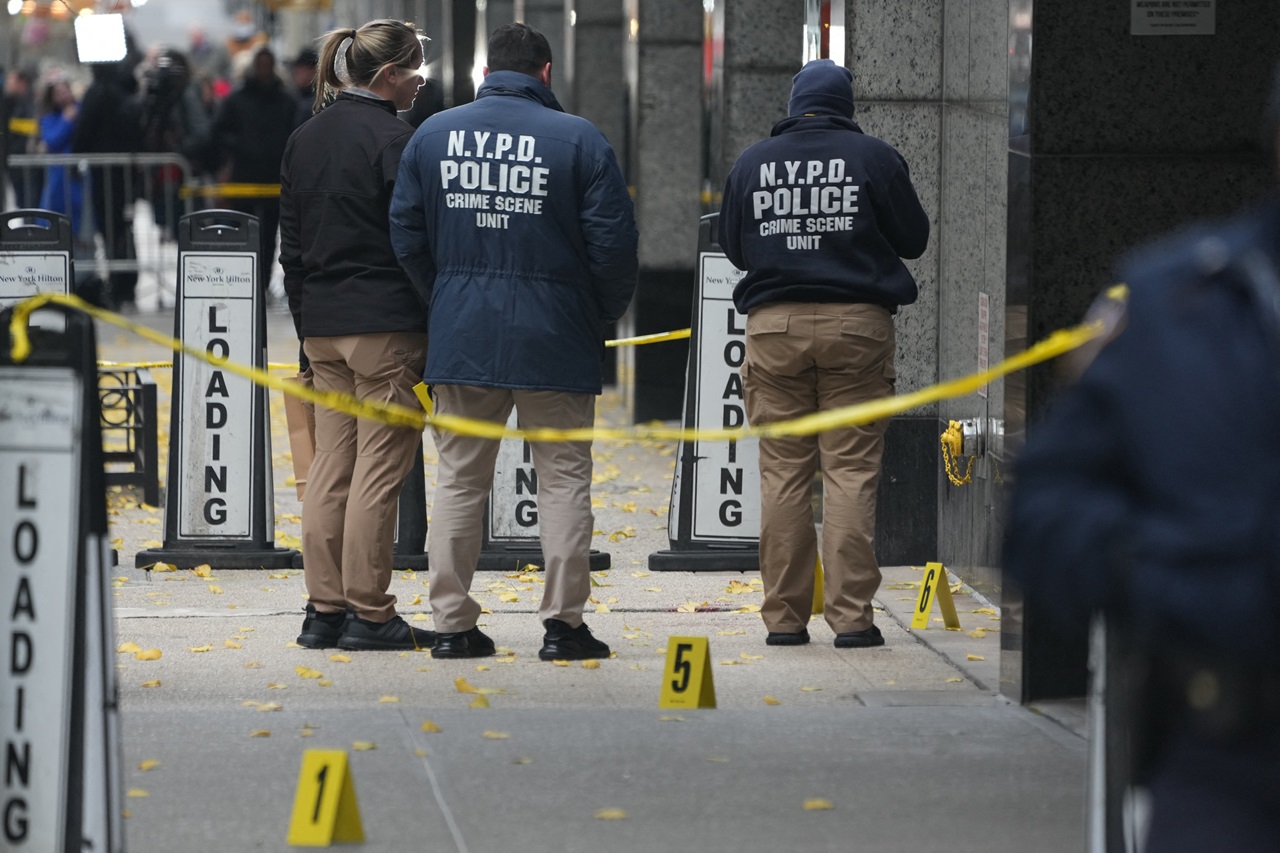
Puerto Rico is trembling
More than 2,000 tremors have rocked Puerto Rico since Dec. 28. While they have diminished in intensity over the weeks, there is no way to predict when they…
Dec. 28 was the first in a very long series of earthquakes, unprecedented in the island's written history.
The successive tremors, the strongest of which was on Jan. 7, recorded at 6.4 magnitude, are the product of the movement of two tectonic plates: the Caribbean plate and the North American plate. Puerto Rico is on the Caribbean plate, bordering the North American plate, which is sinking below the Caribbean. The movement of the plates accumulates energy, which is eventually released in the form of an earthquake.

The seismic sequence unleashed cannot be predicted, and even though its intensity has decreased in recent days, it is possible that a tremor like the one on Jan. 7, or even stronger, will happen again.
The duration of the phenomenon has had a series of effects: NASA recorded a change in the shape of the island, which has moved about 14 centimeters westward. The economy of the island, particularly in the most-affected southwest, has also suffered significantly. According to the Secretary of the Department of Economic Development and Commerce, Manuel Laboy, the daily loss has been between $75 and $100 million. The financial loss is partly material, but also due to cancellations in the tourism sector, one of Puerto Rico's main sources of income.
Fortunately, there has not been a tsunami threat, according to the U.S. National Tsunami Warning Center.
However, the greatest havoc has been on people's peace of mind: hundreds of homes have suffered major damage or total loss from the telluric movements and, as a result, thousands of people have chosen to sleep outside their homes for fear of being trapped during an aftershock. Both official and makeshift shelters have been overwhelmed by the swell of people.
RELATED CONTENT
It is therefore surprising, as the Center for Investigative Journalism revealed, that the island's government doesn't see the need to plan a response to massive trauma cases. According to Secretary of Health, Rafael Rodriguez Mercado, this is because all doctors are trained to attend to trauma cases and all hospitals have work plans to attend to them.
It is worth remembering that a trauma is not only a psychological imprint left by a bad experience, but also a physical one. In the case of an earthquake, the most common traumas are orthopedic or head injuries. Given that Puerto Rico already has more than 2,000 earthquakes, it is hard to understand why the Secretary of Health fails to see the necessity of a plan for things related to trauma.
Last Thursday, Jan. 16, President Donald J. Trump declared a state of emergency on the island, freeing up federal funds to assist the island's recovery. Additionally, the Department of Housing and Urban Development signed an agreement with Puerto Rico that will make available another $8.2 billion in aid.
An additional factor is the pending aid for the reconstruction of Puerto Rico after Hurricane Maria, which was set at $20 billion by Congress, of which only $1.5 billion has been distributed to date.
Still, it is unclear when and how the funds will begin to be distributed, and while the island waits, it still trembles.











LEAVE A COMMENT:
Join the discussion! Leave a comment.